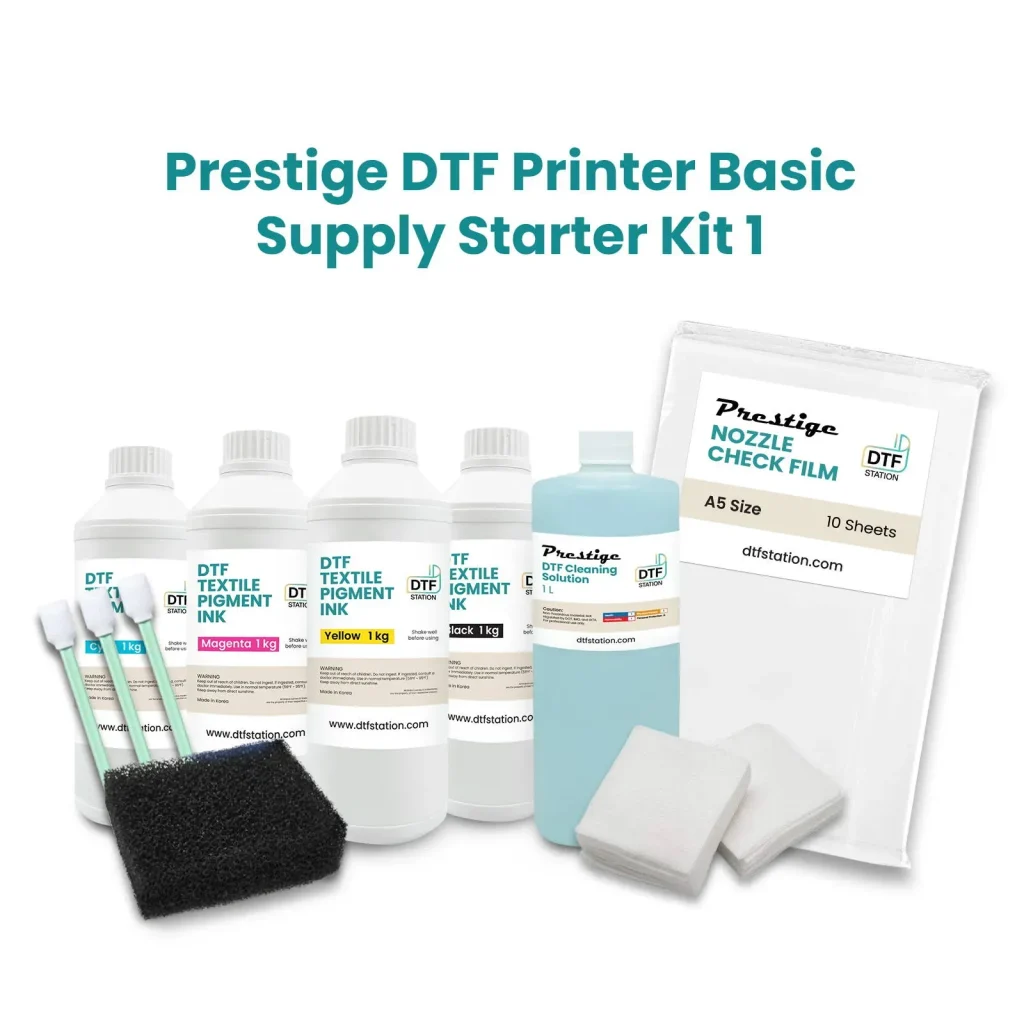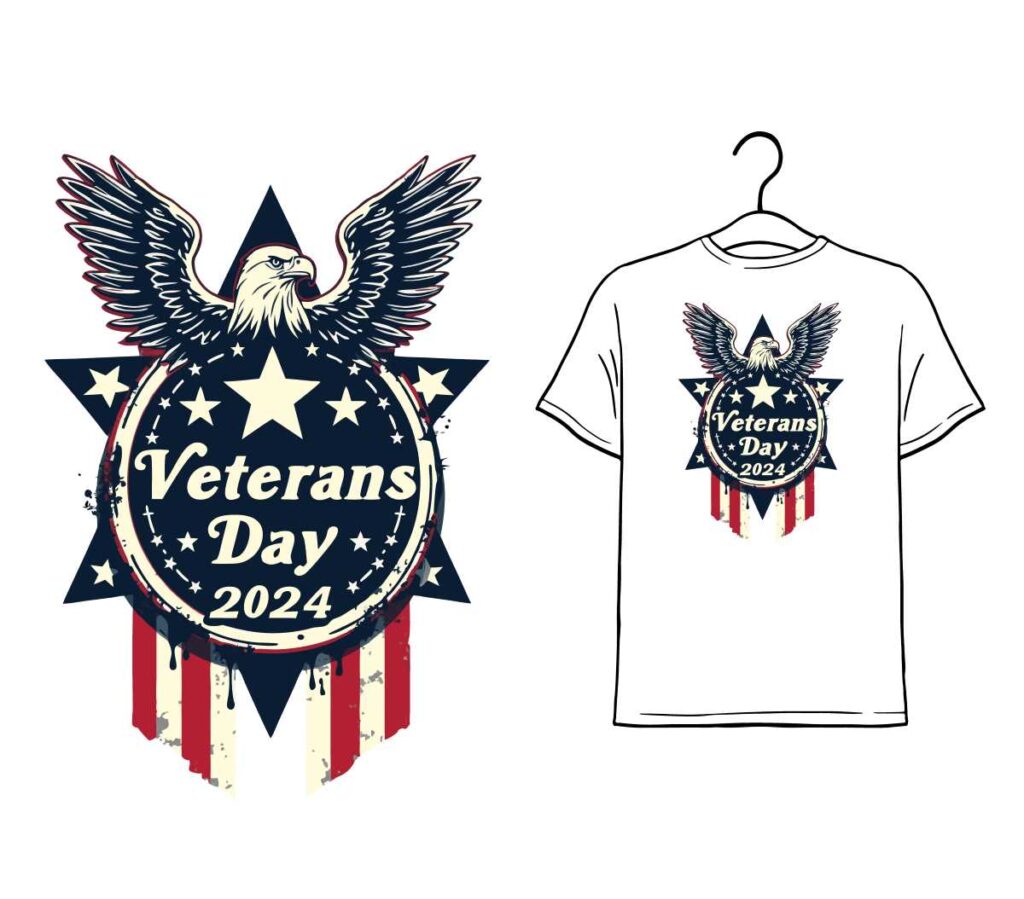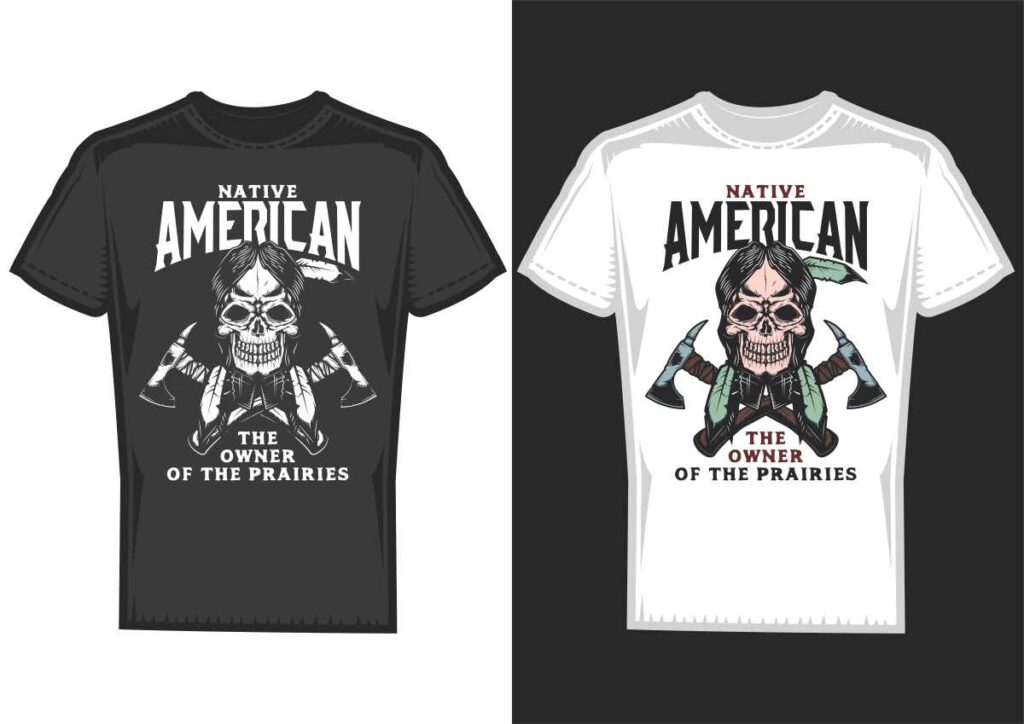When it comes to the ever-evolving world of printing, **DTF supplies** stand out as an innovative solution for apparel decoration. Direct-to-Film (DTF) printing has quickly gained popularity, showcasing remarkable versatility and high print quality compared to traditional transfer methods. As more businesses adopt sustainable printing practices, DTF offers a way to minimize waste and enhance creativity. By providing vibrant colors and intricate designs, DTF supplies are reshaping the landscape of heat transfer printing. This blog explores the key differences that could help you determine whether DTF printing is the right choice for your needs.
In the realm of printing technologies, finding the best transfer solutions is crucial for desired results and environmental consciousness. With a focus on Direct-to-Film supplies, we venture beyond conventional methods like screen printing and heat transfer techniques to uncover the advantages that modern alternatives offer. From eco-friendly practices to superior design capabilities, this exploration will illuminate the benefits of adopting innovative printing approaches. Readers will discover how these advanced technologies not only ensure excellent print quality but also support sustainable printing trends, making them a wise choice for the future of apparel production.
Understanding DTF Printing Technology
Direct-to-Film (DTF) printing technology represents a significant leap forward in the realm of textile printing. By utilizing a unique ink transfer process, DTF printing prints images directly onto a specialized film, which is then transferred to fabrics. This innovative technique offers a myriad of advantages, including vibrant color production, durability, and intricate detailing that traditional transfer methods often struggle to achieve. DTF printing also integrates well with a variety of fabrics, expanding the possibilities for designers and manufacturers alike.
One of the key features that sets DTF apart from traditional mechanisms, such as heat transfer printing and direct-to-garment (DTG) printing, is its ability to produce high-quality prints with reduced setup times. By eliminating the need for extensive pre-print preparation associated with traditional methods, DTF provides users with both efficiency and flexibility in production. As a result, businesses can cater to fluctuating demands without sacrificing quality.
Advantages of DTF Supplies Over Traditional Transfer Methods
When examining the advantages of DTF supplies, one of the most significant is the reduction of material waste. Traditional transfer methods often use more ink and materials than necessary, leading to increased costs and environmental impact. In contrast, DTF printing processes have minimized waste through a more efficient ink application, making it not only a cost-effective choice but also a sustainable option for businesses striving to lessen their environmental footprint. This efficiency aligns with the burgeoning consumer demand for eco-friendly products.
Additionally, the print quality achieved with DTF supplies is a game-changer for apparel decoration. Unlike traditional heat transfer methods, where the print may feel stiff or peel over time, DTF prints maintain their softness and durability, making them ideal for a variety of clothing applications. As businesses aim for longevity in their printed designs, DTF’s ability to yield high-quality results enhances its appeal as a preferred choice in the market.
DTF Supplies for Sustainable Printing Solutions
Sustainability is at the forefront of many modern printing processes, and DTF printing fits perfectly within this paradigm. By effectively reducing waste and using less ink, businesses adopting DTF supplies contribute to a greener future for the printing industry. As the demand for sustainable products grows, choosing DTF over traditional transfer methods demonstrates not only environmental responsibility but also the company’s commitment to innovative practices.
Furthermore, the eco-friendly nature of DTF printing extends beyond just reduced waste; it also encompasses the materials used in the printing process. Many DTF supplies are crafted with sustainable materials, ensuring that every aspect of the print, from application to end use, is as environmentally friendly as possible. This holistic approach is vital for businesses looking to meet the expectations of increasingly conscious consumers.
Comparing Print Quality: DTF vs. Traditional Methods
Print quality is a crucial factor when choosing between DTF printing and traditional methods like screen printing or heat transfer. DTF technology is known for its ability to display vibrant colors and intricate details that often resonate better with consumers. This capability allows businesses to create stunning graphic designs that stand out in a competitive marketplace. In contrast, traditional methods may struggle with color fidelity, especially on darker fabrics where vibrancy is critical.
Moreover, DTF prints exhibit excellent durability, enduring multiple washes without losing their appeal or integrity. This level of reliability is a significant advantage over traditional heat transfer methods, where peeling or fading can occur over time. For apparel businesses focused on delivering high-quality, long-lasting products, the print performance of DTF supplies proves to be an essential selling point.
Cost Effectiveness of DTF Printing
One of the most common considerations when evaluating printing methods is cost. While the initial investment in DTF supplies may be higher than that of traditional transfer methods, the long-term cost-effectiveness becomes apparent over time. DTF processes reduce the amount of ink required, thereby decreasing costs per print significantly. This characteristic is particularly advantageous for businesses that specialize in smaller runs or custom orders, where traditional bulk pricing may not apply.
On the other hand, traditional printing methods often require larger quantities to achieve optimal pricing, which can be prohibitive for smaller companies or individual creators. With DTF printing, users have the flexibility to print more accurately according to demand, making it a financially viable option for both small and large projects. In essence, DTF supplies empower businesses to maintain quality while also managing their bottom line efficiently.
The Future of DTF Supplies in the Printing Industry
As the printing industry evolves, DTF technology is poised to play a pivotal role in shaping future trends. Its superior print quality, efficiency, and sustainable practices position DTF supplies as a frontrunner in the competition against traditional transfer methods. More businesses are embracing DTF supply chains, recognizing the long-term benefits of adopting modern printing techniques.
Moreover, with ongoing advancements in DTF technology and supplies, we can expect even greater improvements in print capabilities and sustainability. As more individuals and businesses gain access to DTF printing, the potential for creative expression and high-quality production will continue to expand, making DTF an exciting frontier in the world of printing and apparel decoration.
Frequently Asked Questions
What are DTF Supplies and how do they differ from traditional transfer methods?
DTF Supplies, or Direct-to-Film supplies, are materials used in DTF printing, which allows for high-quality images to be printed directly onto various fabrics. Unlike traditional transfer methods such as screen printing and heat transfer printing, DTF printing minimizes waste and achieves superior print quality with vibrant colors and intricate designs.
Is DTF printing a sustainable alternative to traditional transfer methods?
Yes, DTF printing is considered a more sustainable option compared to traditional transfer methods. DTF Supplies use advanced technology that reduces ink consumption and waste, making it an eco-friendly choice for businesses focused on sustainable printing practices.
What advantages does DTF printing offer in terms of print quality?
DTF printing provides exceptional print quality thanks to its ability to produce vibrant colors and detailed designs. DTF Supplies allow for high-resolution prints that adhere well to various fabric types, outperforming traditional transfer methods that can compromise color fidelity.
How user-friendly is the DTF printing process compared to traditional methods?
DTF printing is generally more user-friendly than traditional printing methods, which often require complicated setups and machinery. DTF Supplies simplify the printing process, making it accessible for small businesses and individual creators looking for efficient solutions.
Are there cost benefits associated with using DTF Supplies over traditional transfer methods?
While DTF Supplies may require a higher initial investment, they lead to lower costs per print due to reduced waste and the ability to print on demand. This can be more economical in the long run compared to traditional transfer methods which typically necessitate larger batch sizes for cost efficiency.
What trends are emerging in the market regarding DTF printing and supplies?
DTF printing is rapidly gaining popularity in both the commercial apparel sector and crafting communities. Many businesses are recognizing the benefits of DTF Supplies due to their high print quality, sustainability, and ease of use, thus enhancing the overall market demand for DTF technology.
| Key Point | DTF Supplies | Traditional Transfer Methods |
|---|---|---|
| Sustainability and Waste Reduction | Minimizes waste; eco-friendly practices are popular. | Often results in excess ink and materials wasted. |
| Print Quality and Versatility | Delivers vibrant colors and intricate designs easily. | May fall short in color fidelity and design intricacy. |
| Ease of Use | User-friendly; minimal learning curve for beginners. | Complicated; requires extensive machinery and setup. |
| Cost Considerations | Higher initial cost, but better long-term savings. | Lower upfront cost, but often requires larger batch sizes. |
| Market Trends | Gaining traction in crafting and apparel sectors. | Still prevalent, but facing competition from DTF methods. |
Summary
DTF Supplies are revolutionizing the printing and apparel decoration industry by offering an innovative solution that stands out when compared to traditional transfer methods. This approach not only emphasizes sustainability, reducing waste and promoting eco-friendly practices, but it also excels in delivering superior print quality with vibrant colors and intricate designs. Furthermore, DTF printing is designed with user-friendliness in mind, making it accessible for small businesses and individual creators. While there may be higher initial costs associated with DTF supplies, the long-term savings from reduced waste and enhanced print efficiency make it a compelling choice. As the market continues to evolve, DTF technology is emerging as a preferred option for many, aligning perfectly with the demands for quality and sustainability in the printing landscape.



